Managed vs In-House IT: Finding the Right Fit
In today’s digital-first economy, the way organisations manage IT is no longer a back-office consideration; it’s a strategic decision that directly impacts productivity, resilience, and competitive edge. For many UK businesses, the debate comes down to one core question: should IT be managed internally, or is it time to outsource to a trusted managed service provider (MSP)?
Both models have merits. In-house teams can offer control and familiarity with the business, while managed IT services bring scalability, 24/7 expertise, and predictable costs. The right fit depends on your company’s size, maturity, risk appetite, and long-term goals.
This article unpacks both sides and helps you decide which approach aligns best with your business.
The In-House IT Model: Control with Constraints
An in-house IT team remains the traditional choice for many organisations. With internal staff managing infrastructure, support, and security, businesses often feel a sense of control and immediate accountability.
The Benefits of In-House IT
Direct Oversight and Control
Having your IT team on-site or fully integrated within the company allows direct supervision and faster coordination. This often suits businesses where IT requirements are tightly tied to proprietary systems or sensitive data.
Cultural and Business Alignment
Internal staff tend to understand the company culture, workflows, and strategic priorities. This familiarity can lead to smoother communication and quicker problem-solving for recurring internal issues.
Immediate Availability
An in-house team can address issues face-to-face and respond rapidly to emergencies without external escalation procedures.
The Limitations of In-House IT
However, control often comes with hidden costs and limitations.
High Overheads
Maintaining an IT department means ongoing expenses: salaries, training, recruitment, pensions, and software licensing.
💷 The average salary for an IT manager in the UK is around £55,000 per year, while senior engineers often exceed £70,000 (Indeed, 2025). Add benefits, tools, and overheads, and costs quickly multiply.
Limited Coverage
Most internal teams operate standard business hours. Out-of-hours issues, from security incidents to server downtime, can result in delayed responses and lost productivity.
Skills Gaps and Burnout
With technology evolving rapidly, keeping an internal team up to date is a challenge. Continuous training costs time and money, and small teams often struggle with overwork and skill specialisation.
According to a 2024 Tech Nation survey, 67% of UK businesses cite “lack of in-house expertise” as their top digital transformation barrier.
Scalability Challenges
Growing businesses often find that internal IT structures can’t scale fast enough to meet demand. New projects require hiring or retraining, slowing innovation and time to market.
The Managed IT Model: Expertise, Scale, and Predictability
Managed IT Services, delivered by a specialist provider such as Exquitech, represent a modern, flexible alternative. Instead of managing every aspect of IT internally, businesses partner with experts who provide proactive monitoring, maintenance, and governance across cloud, security, and infrastructure.
The Benefits of Managed IT Services
Cost Predictability and Lower Overheads
Instead of unpredictable costs from recruitment, training, and downtime, managed services are typically delivered through transparent per-user or per-device monthly fees.
This allows finance teams to plan ahead with fixed budgets and predictable cash flow.
💡 Businesses switching to managed services report an average 30% reduction in IT operating costs (CompTIA, 2025).
24/7 Support and Monitoring
Managed IT providers offer round-the-clock coverage using tools such as Microsoft Sentinel, Defender, and Azure Monitor.
This ensures continuous uptime and rapid response, even outside working hours, helping businesses maintain 99.9% availability.
Access to Certified Experts
Partnering with a Microsoft-aligned provider like Exquitech gives you access to highly trained specialists without the overhead of permanent salaries.
From cybersecurity to compliance, you benefit from expertise across the full Microsoft ecosystem: 365, Azure, Intune, and beyond.
Security and Compliance Assurance
In a world of evolving threats, proactive security is no longer optional.
Managed IT services integrate continuous patching, endpoint protection, and governance frameworks aligned with Cyber Essentials, GDPR, and ISO 27001 standards.
Scalability and Flexibility
Whether you’re adding 10 or 100 new users, managed services scale instantly. Co-managed options allow businesses to retain internal control while extending coverage with external expertise.
This hybrid approach is increasingly popular; 48% of UK organisations now use co-managed IT models (Gartner, 2025).
Managed vs In-House: A Financial Comparison
| Factor | In-House IT | Managed IT Services |
|---|---|---|
| Initial Costs | High (hiring, training, hardware) | Low (subscription-based) |
| Operational Costs | Unpredictable | Fixed monthly fees |
| Support Coverage | 9–5 hours | 24/7 proactive monitoring |
| Scalability | Limited by staff size | On-demand scalability |
| Expertise | Generalist, limited specialisation | Access to Microsoft-certified experts |
| Security Posture | Reactive | Proactive threat detection and MDR |
| Compliance | Requires internal audits | Embedded within service delivery |
💬 On average, businesses using managed IT save £250,000 annually through reduced downtime and operational inefficiencies (TechRadar Pro, 2025).
The Strategic Dimension: IT as an Enabler
The debate between managed and in-house IT is not just about cost; it’s about capability.
The question is no longer “Can we handle IT ourselves?” but rather “Can our IT keep up with our business ambitions?”
For growth-driven organisations, IT must enable innovation, not limit it. That’s where managed models shine. They free internal teams to focus on high-value projects such as AI adoption, automation, and digital strategy, while operational foundations remain secure and optimised.
Managed IT transforms technology from a cost centre into a strategic advantage.
Case in Point: From Overwhelmed to Optimised
A UK-based professional services firm with 120 employees relied solely on an internal IT manager and two support engineers. As the company expanded, service tickets doubled, and downtime incidents became frequent.
After partnering with Exquitech’s Managed IT & Security Services, the business achieved:
- 60% reduction in incidents after MDR integration
- 40% faster ticket resolution via automated triage
- Full compliance alignment with Cyber Essentials and GDPR
- £45,000 annual cost savings compared to their previous setup
The result? Their internal team now focuses on innovation, not firefighting.
Choosing What’s Right for Your Business
When deciding between managed and in-house IT, consider these three questions:
What’s the true cost of your current setup?
Include downtime, staff turnover, and training when comparing options.
Are you meeting your compliance and security obligations?
With new UK data and AI regulations on the horizon, proactive governance is vital.
Can your IT scale with your growth?
Rapid expansion requires systems that can flex, and experts who can keep up.
If you’re struggling with any of these, it may be time to rethink your model.
Why Businesses Are Moving to Co-Managed IT
For many mid-sized organisations, the answer isn’t purely managed or in-house; it’s a hybrid of both.
Co-managed IT blends the best of each model: internal oversight combined with external expertise.
This approach allows existing IT teams to retain strategic control while outsourcing critical, time-consuming functions such as patching, monitoring, and cybersecurity.
It’s cost-effective, scalable, and offers immediate access to advanced Microsoft capabilities.
💬 “With co-managed IT, businesses gain resilience without losing autonomy.”
The Exquitech Approach
At Exquitech, we believe technology should enable business agility, not slow it down.
Our Managed IT & Security Services are built on Microsoft-native tooling and proven governance frameworks to deliver:
- 24/7 monitoring and incident response
- ITIL-aligned service desk
- Microsoft 365, Azure, and Defender support
- Monthly governance dashboards and SLA reporting
- Cyber Essentials and ISO-aligned security practices
We help UK organisations simplify complexity, strengthen resilience, and lower costs, all while maintaining complete visibility and control.
Final Thoughts: It’s Not About Outsourcing, It’s About Empowerment
The real question isn’t whether you can manage IT in-house, it’s whether you should.
In an age where downtime, cyber threats, and skill shortages carry real business risk, partnering with a managed service provider offers a smarter, more sustainable path forward.
With Exquitech, businesses gain a strategic partner, not just a support desk.
Together, we help you move from reactive IT to proactive innovation.


